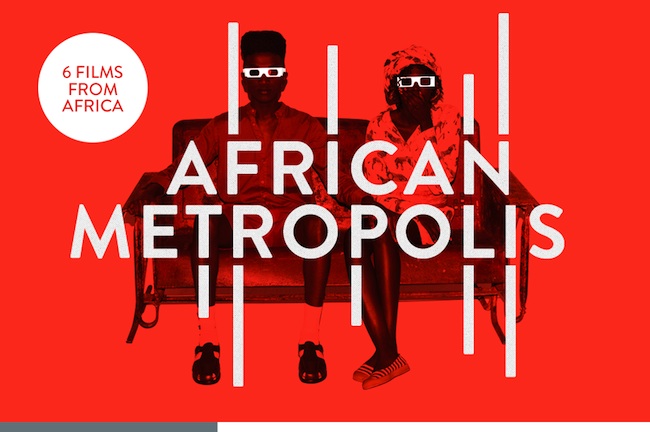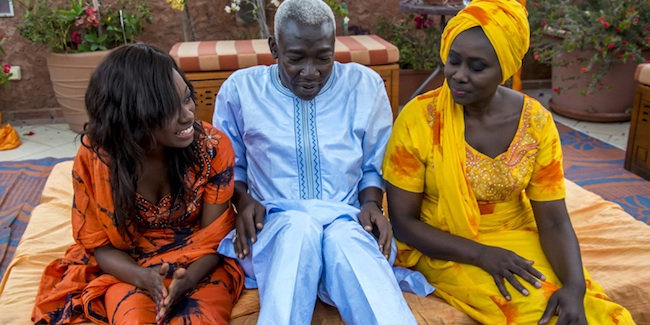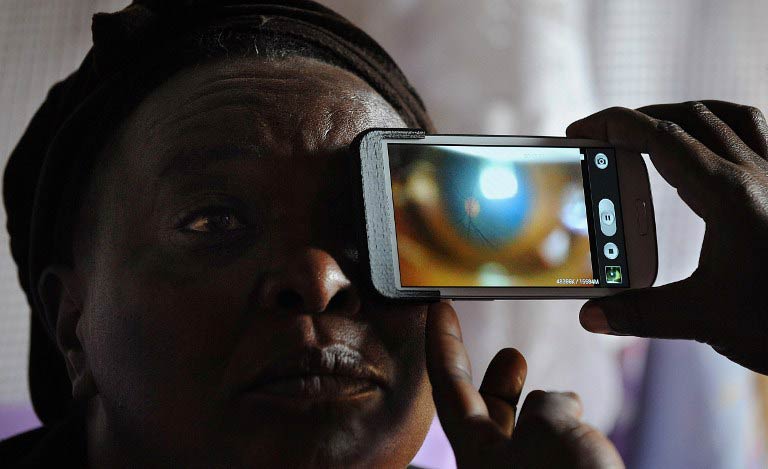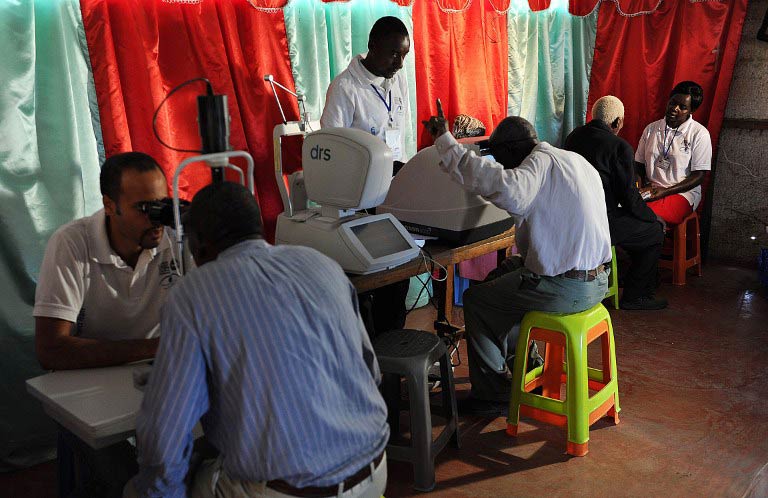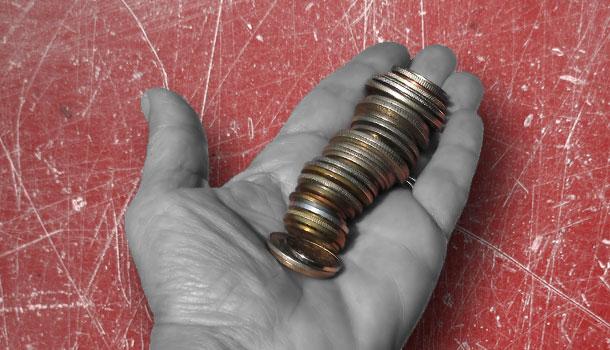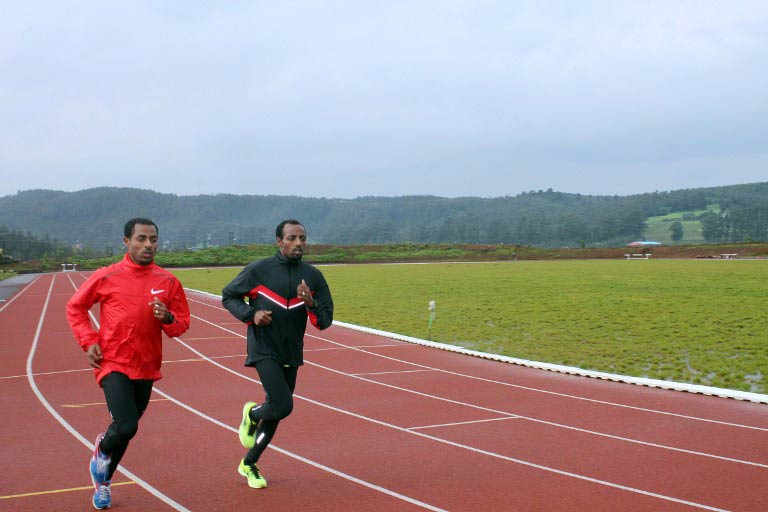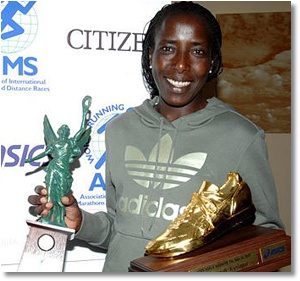“Is it a crime now, being an immigrant?” asks Eric Williams, a Cameroonian living in Rabat, where the murder of a Senegalese man has stoked fears among Morocco’s sub-Saharan community.
On August 12, Ismaila Faye (31) was stabbed to death near the capital’s central bus station during an argument with a Moroccan over seating, according to the preliminary investigation.
Local media highlighted the racist nature of the attack, sparking concerns of a rise in hostile behaviour towards black Africans, many of whom pass through Morocco illegally in their quest to reach Europe and a new life.
A week after the murder, hundreds of mostly Senegalese immigrants gathered outside the morgue in Rabat to pay homage to the victim and protest against racism.
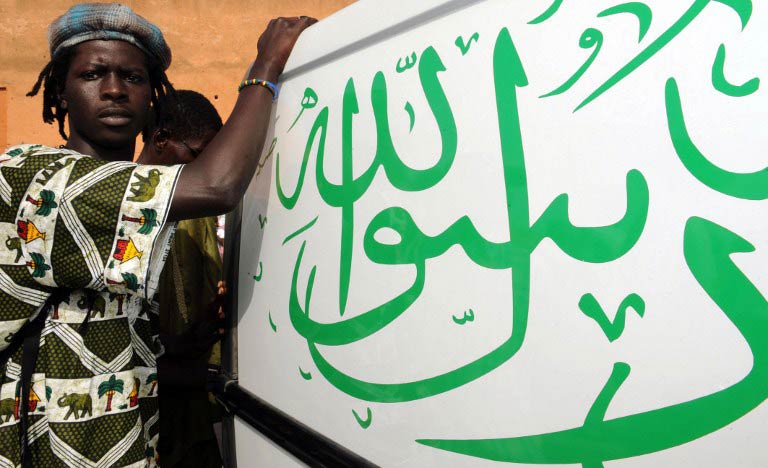
Moroccans have also been active on social media to denounce violence against the African community.
Just a stone’s throw from Spain, Morocco has increasingly become a permanent home for sub-Saharans seeking a better life in Europe but unable to get there, with local NGOs putting the estimated number of them at more than 20 000.
But their coexistence with Moroccans is often fraught with difficulty.
Earlier in the summer, notices appeared in Casablanca, Morocco’s largest city, baldly stating that sub-Saharan immigrants were barred from renting certain properties.
“Our situation is really bad. Nearly 15 immigrants were attacked in just one week,” says Williams, who heads an anti-racism group in Morocco.
“There needs to be a racist murder for people to take our problems seriously,” he adds.
Williams says some Moroccans are fundamentally opposed to their presence, which they see as a threat to their jobs, in a city where unemployed youths stage regular street protests demanding work.
In Morocco’s main cities, sub-Saharan women are often to be found begging at the side of the road, while young men try to peddle their wares, selling anything from cheap watches to polished wood carvings.
“I don’t understand why some Moroccans treat Africans in a contemptuous way. Coming here I thought I would be in a neighbourly country, a brother country,” Williams says.
Anna Bayns, a Senegalese student at Rabat University, agrees that violence against the sub-Saharan community is on the rise, even if there are no official statistics to prove it.
“We are often referred to as ‘negroes’,” she said.
‘Like slaves’
In the poor neighbourhood of Takadoum, six immigrants, most of them from Cameroon, share a small room which gets stiflingly hot during the summer, and together they struggle to make ends meet in a sometimes hostile environment.
“We are treated like slaves,” says one.
In the informal sector, workers get paid a pittance, less than five euros a day, he says, and finding accommodation is difficult.
Without a rental contract, the migrants are dependent on the goodwill of their often unscrupulous landlords.
“For this room, which is normally rented for 500 dirhams [47 euros], we pay 1 500 dirhams!” says another resident.
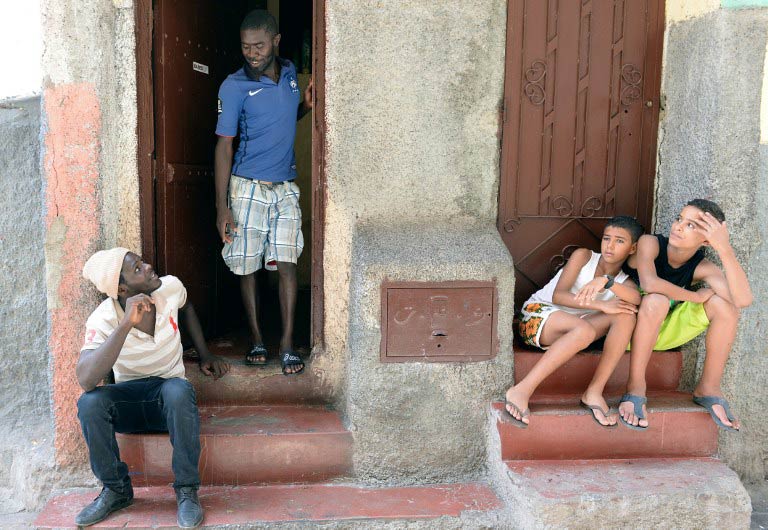
Several months ago, medical aid group Doctors Without Borders raised the alarm over increased violence by the authorities against illegal migrants, and announced that it was closing its projects in Morocco in protest.
Contacted by AFP, the head of migration and border control at the interior ministry, Khalid Zerouali, insists that authorities’ main objective is to “protect citizens”, adding that their “[border] security strategy is directed against criminal networks” and no one else.
“Our African brothers are welcome, but within the law.”
The European Union, with whom Rabat enjoys “advanced status” relations and which is the favoured destination of most African migrants in Morocco, is following the situation closely.
“We are obviously concerned about the reports that we have concerning the poor treatment of illegal migrants, mostly of sub-Saharan origin,” Rupert Joy, the EU ambassador to Morocco, told AFP.
“In my opinion the worst mistake one could make would be to pretend that the problem doesn’t exist and that it isn’t serious,” he said.
Jalal Al Makhfi for AFP

